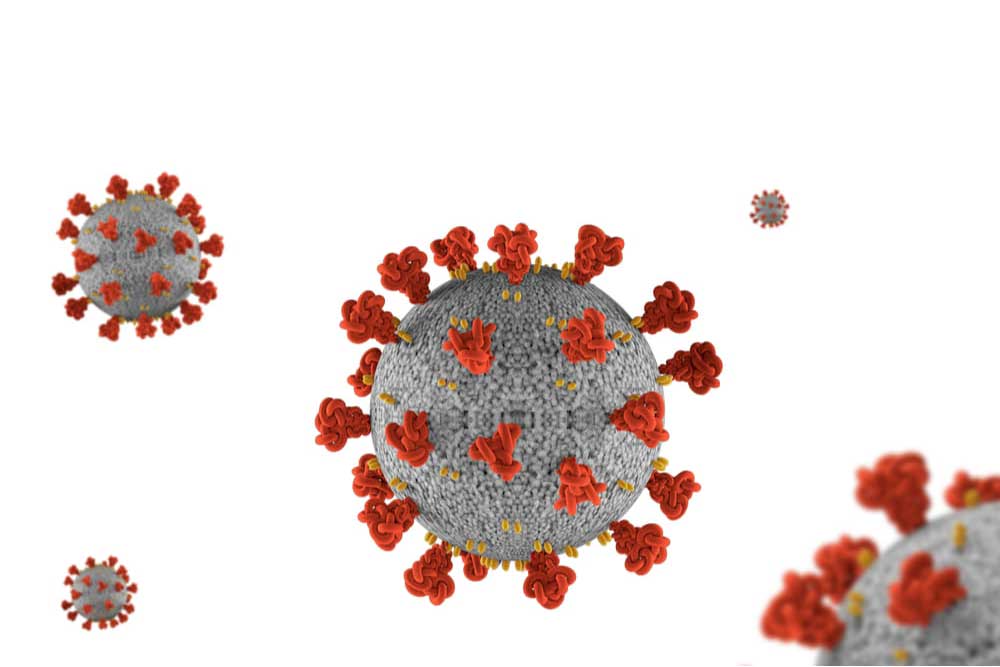-
 Learn more
Learn moreBarriers, including those at the patient, provider, and the healthcare system level, result in low colorectal cancer (CRC) screening rates.1,2 Research suggests that helping patients learn to prioritize their health can lead to improved outcomes.3,4 Learn more about barriers to CRC screening and prioritizing preventive care.
-
 Learn more
Learn moreCRC screening rates in the US are below the nationwide goals,5 regardless of state, age, or ethnicity.6 Early detection of CRC significantly decreases mortality and improves outcomes.8,13 Learn more about current screening rates and the value of timely screening.
-
 Learn more
Learn moreMost national guidelines recommend patients be screened for CRC starting at age 45 years.7-10 Patients over the age of 75 years should discuss the risks and benefits of screening with their healthcare provider.7-10 Learn more about the various government and professional organizations that have developed CRC screening guidelines, as well as the recommended screening ages and intervals for CRC screening modalities.
-
 Learn more
Learn moreThere are many effective ways to screen for CRC, each with risks and benefits to be considered when determining an appropriate approach.8,11 Learn more about the efficacy and considerations for each of the available screening modalities.
-
 Learn more
Learn moreLike many preventive procedures, colorectal cancer screening rates were significantly reduced by the COVID-19 pandemic. Between January 2020 and July 2020, there was an estimated deficit of 3.8 million colorectal cancer screenings in the United States.12 Learn more about how COVID-19 has affected CRC screening and projected effect on future CRC outcomes.